The newly designated Vjosa Wild River National Park is the first in Europe – the Vjosa will now always flow freely through southeastern Albania, never dammed, mined, or dredged. Join Keith Austin as he explores this biodiversity hotspot and adventure wonderland.
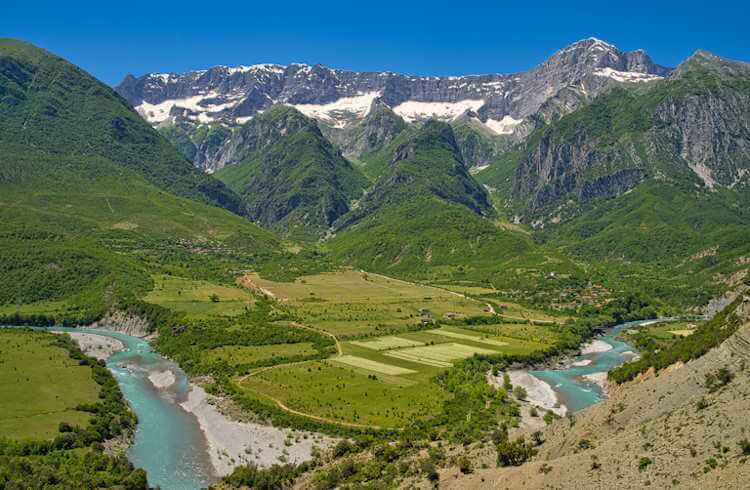 Photo © Getty Images / Mathias Calabotta
Photo © Getty Images / Mathias Calabotta
The Vjosa River has something of a split personality. It emerges from the Pindus mountain range of northern Greece and flows, rude and robust, sparkling and spirited, through the gorges and canyons of southeastern Albania before finally slipping quietly through a flat, marshy delta and into the waters of the Adriatic Sea in the west.
Or maybe it’s just exhaustion. It’s been quite a journey, after all – and one that collected Hollywood star Leonardo DiCaprio on the way.
It was in 2021, on Instagram, that DiCaprio joined a chorus of voices calling for the protection of the Vjosa River as one of the only remaining free-flowing river systems in Europe.
Humanity, in general, cannot seem to see a stretch of water without wanting to shove a dam, weir, or ford across it – a tendency that has made Europe one of the most obstructed river landscapes in the world, and one from which Albania was not immune. At one point, dozens of hydropower plants were planned across the Vjosa region.
Luckily, sane heads prevailed, and in March 2023, Albanian Prime Minister Edi Rama stood in the grounds of Ottoman-era Tepelene Castle, perched on a rocky outcrop overlooking the Vjosa, and announced the formation of the Vjosa Wild River National Park, the first in Europe.
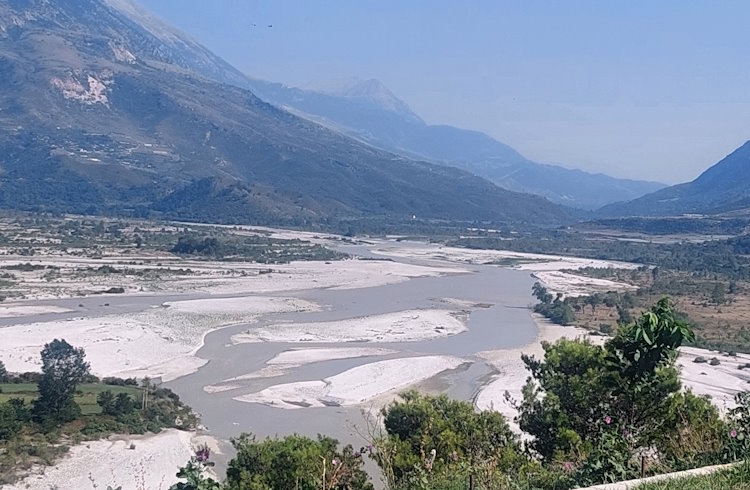
What this means is that all 170mi (270km) of the Vjosa will be preserved as a free-flowing wild river, never to be dammed, mined, dredged, or otherwise fiddled with.
The new park covers 31,500 acres and the river system, if you count its tributaries, includes more than 248mi (400km) of waterways. It’s also a biodiversity hotspot with more than 1,100 species of wildlife, including 257 species of birds, 70 species of mammals, the endangered Egyptian vulture, and the critically endangered Balkan lynx.
Permet and the thermal pools
There are air-conditioned buses between all the major towns in Albania, and furgons (private minibuses) plying the smaller routes, but to get to the more remote areas you need a car.
So, I drive to the rafting, kayaking, camping, cycling, and hiking region around Permet, which perches right on the edge of the Vjosa, from Saranda in the country’s south. It’s a journey of about two hours on well-signposted and well-maintained roads.
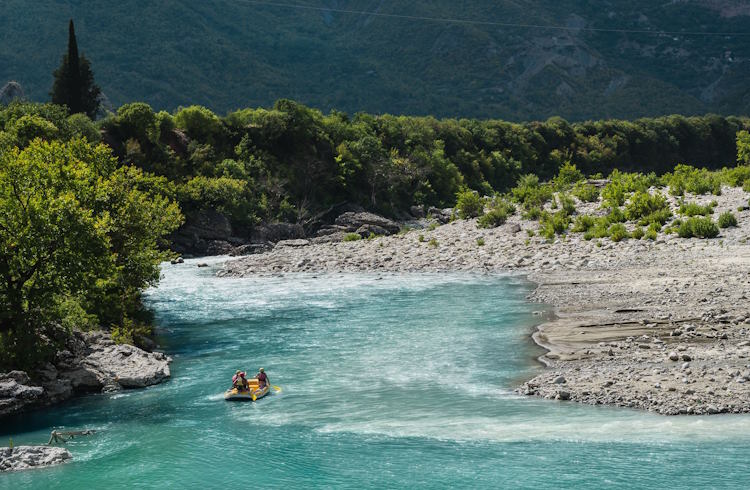
A few miles before Tepelene, where the national park announcement was made, I turn off the highway where the river flows down out of the east and executes a sharp right-hand turn to head north.
Going, as it were, against the flow I start criss-crossing the Vjosa via the sort of single-lane bridges that the Allies are always trying to blow up in WWII movies. The road here dips and turns, sometimes hugging the edge of steep, forested mountainsides and at others crossing open plains where the river flattens out and performs wide, languid arcs that look like some giant, mythological snake has rested there in the past.
Passing the occasional group of cyclists, I am reminded that UNESCO’s new 675mi (1,086km) official Cycle Route, from Tirana to Saranda and back, crosses the Vjosa both here (on the way down) and by Tepelene (on the way back up).
Permet, where many such cyclists overnight, is a pleasant town with an expansive main square, ample, flower-bedecked roads, and wide, bicycle-friendly streets. After coffee and a lunchtime burek (filo pastry pie filled with cheese and spinach, and a popular Albanian snack) I buy a map from the tourist information office and head back out of the city to follow the river east.
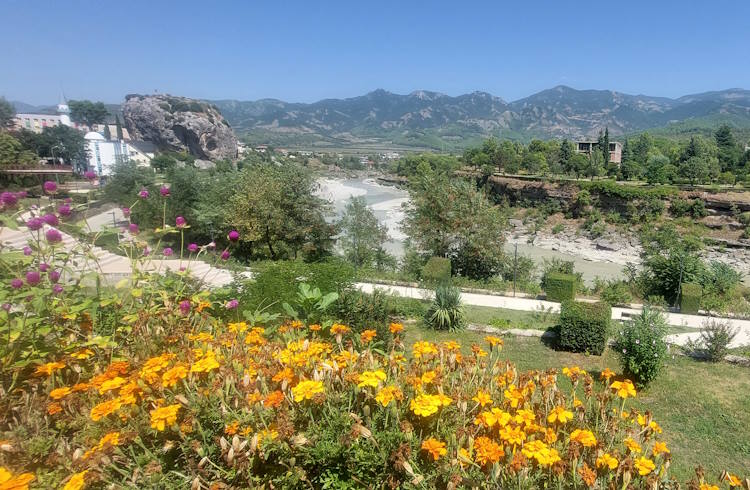
The road, still well maintained even this far out, is dotted with companies offering the gamut of outdoor pursuits. Business, say the ones I talk to, is booming thanks to the wild river declaration and the ensuing publicity.
I follow the road along the river for another 10 or so miles before stopping for a local Korça beer at a riverside diner and watching a clutch of happy rafters in red dinghies drift past on the waters below.
I could go on and follow the river all the way to the Greek border, some 17 zigzagging miles away, but there are only so many hairpin turns a chap can execute in one day and I am won over by the pull of the natural thermal pools and humpbacked Ottoman-era bridge at Benje-Novosele, just four miles away up the Lengarica River.
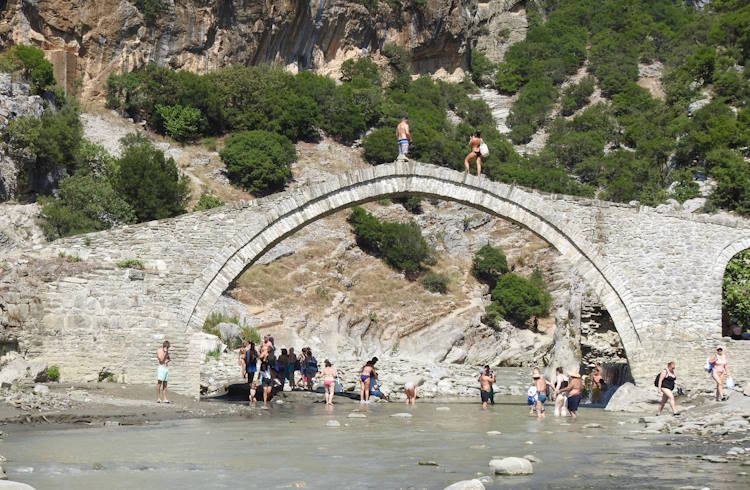
Eventually, I head back and rejoin the main freeway where the river worms its way past Tepelene and then saunters north and west through vast white, pebble-strewn valleys overlooked by angular, hostile-looking mountains. The views from the ramparts of Tepelene Castle are, by the way, worth the slight detour. Just beyond here, though, the river and the road part company and it’s time to head home.
Vlore and the Delta
The next day, I drive north from Saranda (taking the longer, slower but prettier and more panoramic coastal road) to explore the other end of the Vjosa – the mouth of the river where it flows into the Adriatic.
From where I abandoned it the previous day, the river turns away from civilization for many miles, flowing through a landscape with little human habitation. Eventually, it wends its way to the outskirts of Vlore, Albania’s third largest city and a popular seaside destination, where it forms the northern edge of the 48,000-acre Vjosa-Narte Delta Protected Area.
After an idiot driver-driven detour through the traffic-snarled but pretty-in-pastel streets of Vlore old town, I finally follow the SH8 freeway past the little towns of Skrofotine and Novosele before fetching up at an abandoned bridge just before Ferras.
It is here that the Vjosa trundles gently under the freeway, wide and deep and a stark contrast to the vertiginous drama and excitement of its southern reaches. Locals fish from the old bridge and my map shows that there’s no point in going any further north. Instead, I follow a gravel road into the northern reaches of the delta in the hope of accompanying the river to its end.
Instead, I find a maze of remote, rickety communities (Fitore, Bishan, Poro, Delisuf) surrounded by corn fields and conjoined by roads that lead, quite literally, nowhere. It is here, at the end of one such road, that I accept that the Vjosa, thankfully unmolested for its entire length, must flow to the sea without any further help from me.
Trip notes
Getting to and around the Vjosa
As befits a wilderness area, the Vjosa Wild River National Park isn’t easy to get to. Coming from the north it’s best to fly into the capital, Tirana, and drive from there. Alternatively, you can fly to Corfu and take the ferry across to Saranda, on the Albanian riviera. Ferries from Italy also call in at Vlore.
There is no train network to speak of and while there is a bus system, and the informal, privately-run furgons for short trips, it’s best to explore the Vjosa by car. Be aware that Albanians drive like lunatics. Let them. I have concluded that ‘double white lines’ translates as ‘go on, I dare you’ in Albanian.
The new UNESCO Cycle Route does cross the Vjosa at various points but the whole 675-mile trip, given Albania’s geography, is for experienced riders only.
When to go
Albania tends to start gearing up for tourist season in May, with July and August the busiest months. April-June and September-October are ideal as July and August can get very hot. If you’re visiting the Vjosa, avoid the winter unless you are Wim Hof.
Related articles
Simple and flexible travel insurance
You can buy at home or while traveling, and claim online from anywhere in the world. With 150+ adventure activities covered and 24/7 emergency assistance.
Get a quote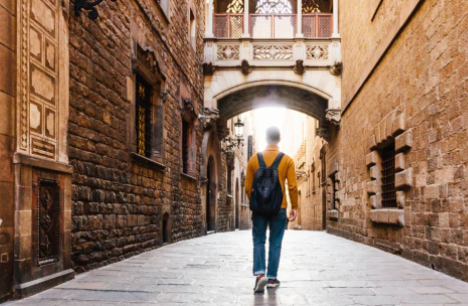
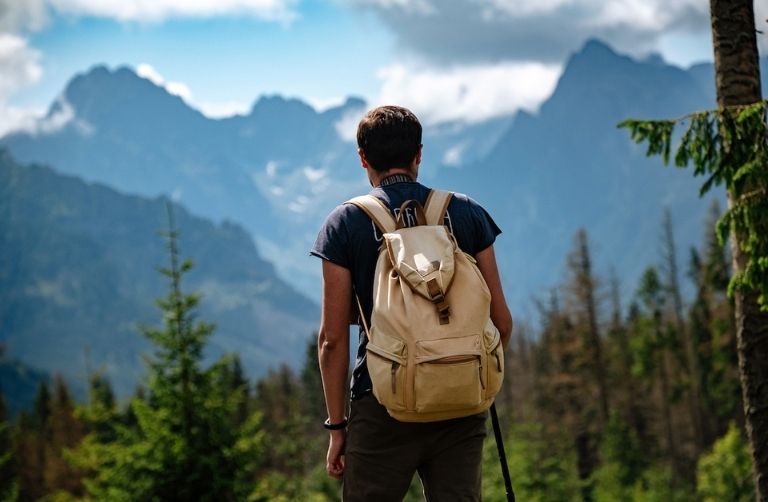
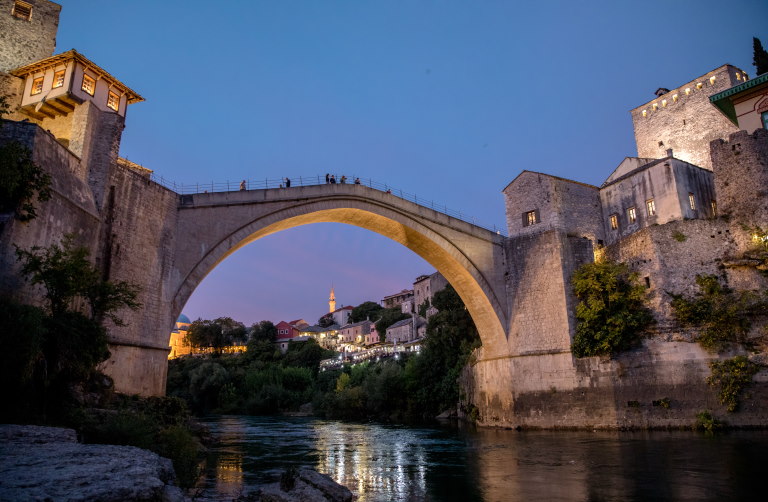
No Comments